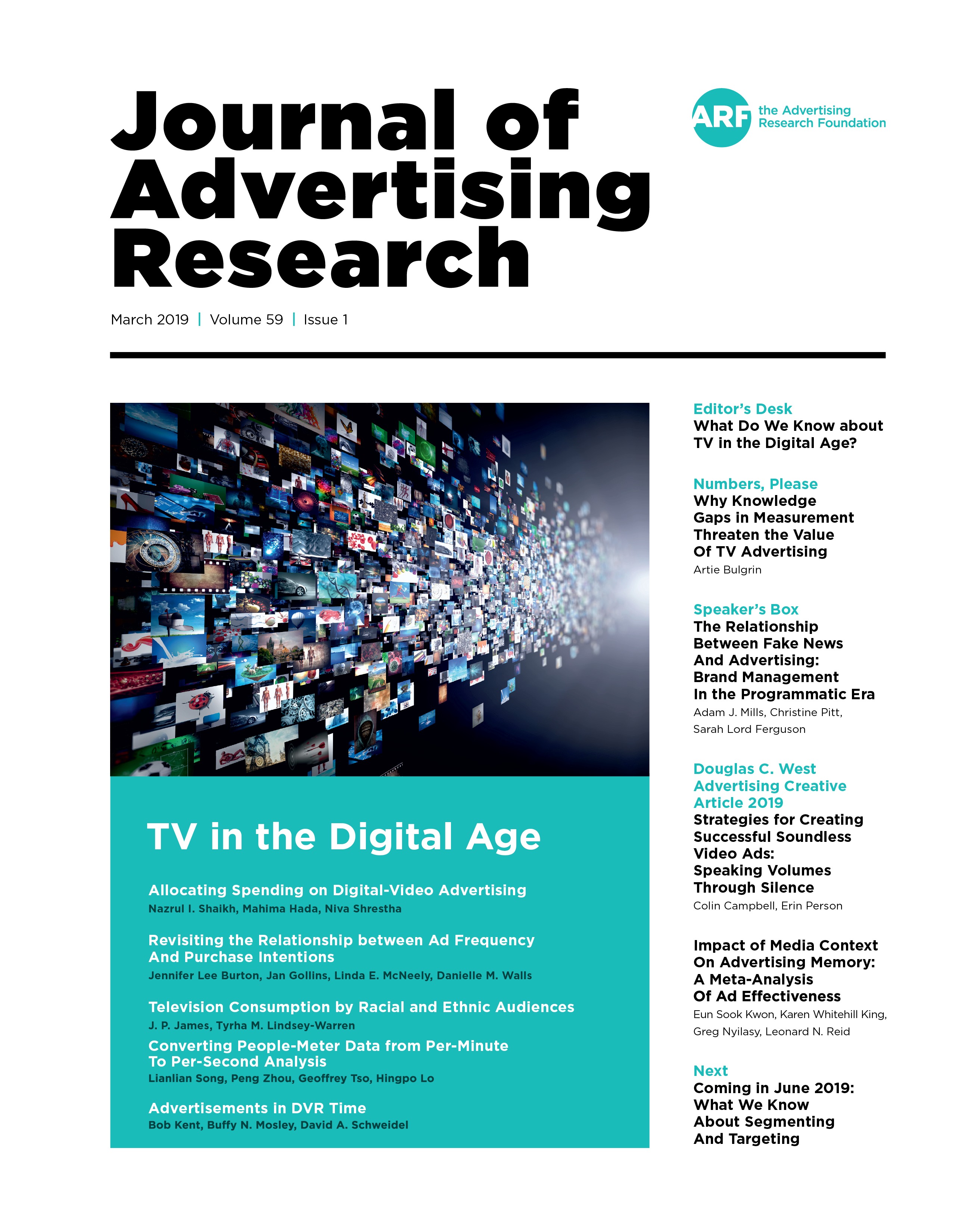Electronic media advertising refers to the use of electronic media platforms, such as television, radio, and the internet, to promote products or services. These platforms offer a wide range of options for advertisers, including targeted advertising, interactive ads, and the ability to reach large audiences quickly and effectively.
One major advantage of electronic media advertising is its reach. Television and radio both have the potential to reach millions of people at once, making them ideal for promoting products or services to a large audience. The internet has even greater reach, with billions of users worldwide. Advertisers can use search engine optimization, social media advertising, and other online marketing techniques to target specific groups of consumers and increase the chances that their ads will be seen.
Another advantage of electronic media advertising is its flexibility. Advertisers can tailor their messages to specific audiences by choosing the right platform and using targeting techniques. For example, they can use demographics, interests, and other data to target ads to specific groups of users on social media platforms. This allows advertisers to make their messages more relevant and effective.
Electronic media advertising also offers the opportunity for interactive ads, which can engage and involve consumers in the marketing process. For example, advertisers can use interactive banners and pop-ups on websites, or interactive television commercials that allow viewers to interact with the ad in real-time. This can make the advertising experience more engaging and memorable for consumers, increasing the chances that they will take action.
However, electronic media advertising also has some drawbacks. One concern is the potential for overload, as consumers are bombarded with ads from a variety of sources. This can lead to ad blindness, where consumers tune out or ignore ads altogether. Advertisers must therefore work to create compelling and relevant messages that stand out from the noise.
Another concern is the potential for intrusive or inappropriate ads. For example, online advertisers may use tracking cookies and other techniques to follow users around the internet and show them targeted ads. This can be seen as invasive by some users, and may lead to a negative reaction. Advertisers must therefore be careful to respect users' privacy and create ads that are appropriate for their intended audience.
In conclusion, electronic media advertising is a powerful tool for promoting products and services to a large and diverse audience. It offers a range of options for targeting and engaging consumers, but it is important for advertisers to consider the potential drawbacks and be mindful of issues such as ad overload and privacy concerns. By using electronic media advertising effectively and responsibly, advertisers can reach and influence a wide range of consumers.






